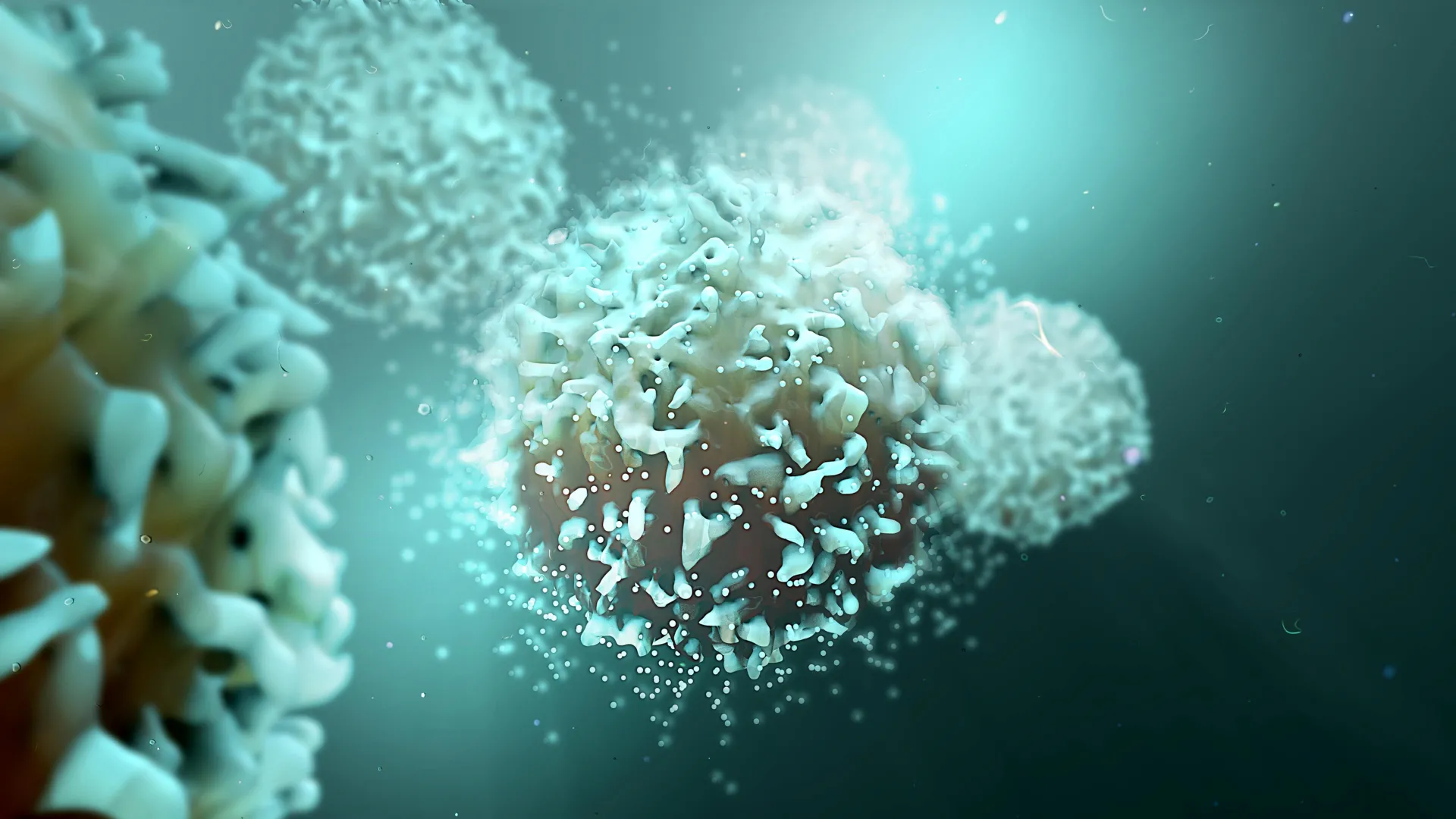Take a deep breath. A flow of air has rushed into your lungs, where the oxygen moves into your bloodstream, fueling metabolic fires in cells throughout your body. You, being an aerobic organism, use oxygen as the cellular spark that frees molecular energy from the food you eat. But not all organisms on the planet live or breathe this way. Instead of using oxygen to harvest energy, many single-celled life-forms that live in environments far from oxygen’s reach, such as deep-sea hydrothermal vents or stygian crevices in the soil, wield other elements to respire and unlock energy.
This physical separation of the oxygen-rich and oxygen-free worlds is not merely a matter of life utilizing available resources; it’s a biochemical necessity. Oxygen doesn’t play nice with the metabolic pathways that make it possible to respire with the use of other elements, such as sulfur or manganese. It gives aerobes like us life, but for many anaerobes, or creatures that respire without oxygen, oxygen is a toxin that reacts with and damages their specialized molecular machinery.
“Oxygen — we love it, of course,” said Courtney Stairs, an evolutionary biologist at Lund University in Sweden. “But it’s actually a pretty harmful molecule for most of life on our planet, and even ourselves. We have ways to mitigate the negative effects of oxygen. So we can’t imagine life without it, but life is actually quite hard with it.”
For the first couple billion years of life on Earth, organisms avoided this predicament altogether. Back then, the air and oceans were mostly devoid of oxygen, so life was almost entirely anaerobic, or non-oxygen-breathing. Then, around 2.7 billion years ago, the seas filled with industrious, photosynthetic cyanobacteria. They had invented a way to turn sunlight into sugar and oxygen, and they flourished. Over hundreds of millions of years, their accumulated breathing filled the atmosphere and oceans with oxygen. This so-called Great Oxidation Event was a pivotal transformation in the biosphere and the physical chemistry of Earth’s atmosphere and oceans. In this new environment, aerobic respiration evolved to dominate the world.
An ongoing mystery for researchers is how life navigated the shift from anaerobic to aerobic respiration; so much microbial biodiversity had to adapt to a world filled with what was once a biochemical bane. Now researchers have fresh insight into what that transition could have looked like billions of years ago, gleaned from an organism living today. A bacterium that researchers collected from the cauldron of a Yellowstone National Park hot spring does something that life really shouldn’t be able to do: It runs aerobic and anaerobic metabolisms simultaneously. It breathes oxygen and sulfur at the same time.
The findings “remind us yet again of just how much we still have to learn about microbial diversity and metabolism,” said Natalia Mrnjavac, a graduate student in evolutionary microbiology at Heinrich Heine University Düsseldorf in Germany who was not involved in the study. “And for someone who loves microbes, that is thrilling.”
The findings, which were published earlier this year in Nature Communications, challenge assumptions about the limits of cellular respiration and may give researchers a model for understanding how life walks the edge of paradise and poison.
Metabolic Tricks
It has long been known that life-forms have evolved ways of alternating between aerobic and anaerobic respiration, for instance as a last resort when oxygen levels are low. But because oxygen disrupts anaerobic respiration, many researchers assumed that cells couldn’t grow while using both processes at the same time.
So when Eric Boyd, a microbiologist at Montana State University in Bozeman, and his colleagues uncovered reports from the late 1990s and early 2000s suggesting that some bacteria might be doing just that, their curiosity was piqued. Specifically, bacteria had been observed making sulfide, a product of anaerobic respiration, even when oxygen was present in the environment. “It’s weird to read something like that because it challenges the textbooks — of what you know to be true of microbial metabolism,” he recalled.
Source link


